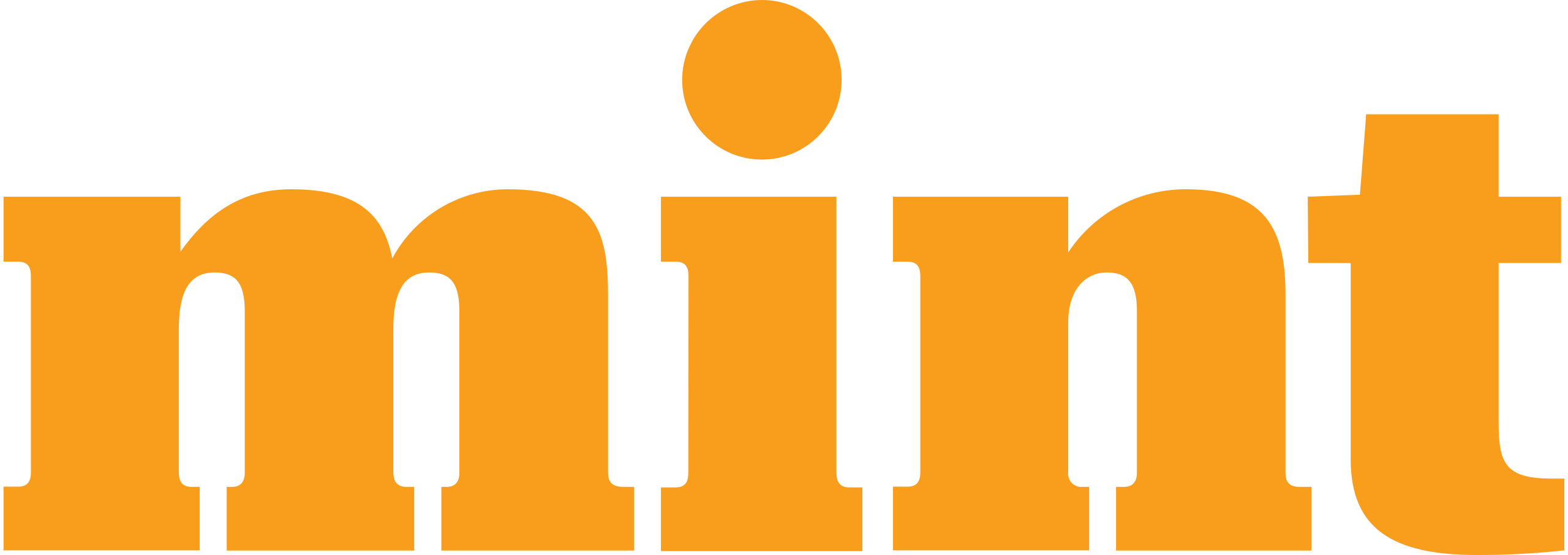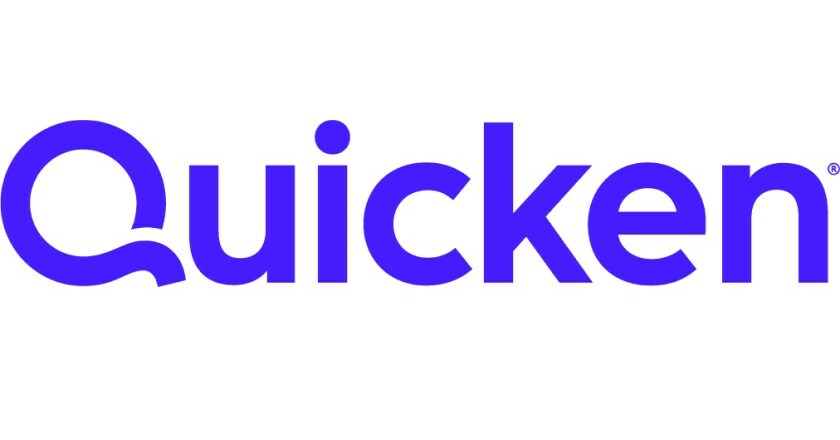Mint vs YNAB vs Quicken: Best Budgeting Tool Comparison
OneBrowsing

(Reviews: 2.5K)
Est. users: 1M

.svg)
(Reviews: 5K)
Est. users: 1M
Price Ranges: $84 - $99


(Reviews: 15K)
Est. users: 2M
Price Ranges: $34.99 - $49.99 - $74.99
Mint vs YNAB vs Quicken
Mint, YNAB (You Need a Budget), and Quicken are personal finance management tools that cater to different user needs. Mint is a free, user-friendly budgeting app that automatically tracks expenses and generates budgets based on user spending habits. YNAB, on the other hand, offers a proactive budgeting approach with a subscription model, focusing on helping users give every dollar a job to improve financial management. Quicken is a comprehensive financial management software that offers robust features for budgeting, investment tracking, and bill management, and is available for a subscription fee.
Mint
- Free to use
- Focuses on budgeting and bill tracking
- Offers credit score monitoring
- Ad-supported interface
- Wide range of bank synchronization
- Web and mobile app availability
YNAB
- Paid subscription service
- Strong emphasis on proactive budgeting
- No ads
- Educational resources for budgeting
- Real-time synchronization
- Supports goal-setting and debt-payoff planning
Key Differences
-
Cost
Mint is free to use, YNAB requires a subscription, and Quicken generally has a yearly fee. Mint wins in terms of cost as it offers a comprehensive service at no cost, while the others have paid subscriptions.
Winner: Mint
-
Ease of Use
Mint is known for its user-friendly interface and intuitive design. YNAB has a learning curve due to its unique budgeting approach, while Quicken can be complex with its extensive features. Mint's simplicity and accessibility make it easier for new users.
Winner: Mint
-
Budgeting Features
YNAB is specifically built around budgeting and offers a unique method of envelope-based budgeting. Mint offers basic budgeting tools, while Quicken has powerful, though complex, budgeting features. YNAB excels in its focused budgeting capabilities.
Winner: YNAB
-
Investment Tracking
Quicken provides robust investment tracking tools, offering detailed reports and analysis. Mint and YNAB are more budget-focused and less capable in this area. Quicken's comprehensive investment tracking provides a superior experience for investors.
Winner: Quicken
-
Mobile Experience
Mint and YNAB have strong mobile apps that are well-received for tracking expenses on the go. Quicken's mobile app is functional but generally rated less favorably. Mint and YNAB are both excellent in this aspect, making it a tie.
Winner: Its a tie
-
Integration with Bank Accounts
Mint is noted for its seamless bank integration and automatic transaction synchronization. YNAB requires manual entry in some cases, and Quicken offers comprehensive but sometimes problematic syncing. Mint's smooth bank integration wins here.
Winner: Mint
Distinct Features
| Mint | YNAB | Quicken |
|---|---|---|
| Free credit score tracking | Unique budgeting methodology focusing on giving every dollar a job | Robust desktop application with offline access |
| Bill negotiation service | Emphasizes proactive financial planning and adjusting based on real-life spending | Advanced investment tracking and analysis tools |
| Automatic categorization and suggestions for transactions | Comprehensive educational resources and workshops | Bill management and bill pay service directly within the app |
| Personalized insights and budget recommendations | Age of Money feature to track financial stability | Loan and debt tracking with integrated amelioration tools |
| Integrates with more financial institutions for free | Priority goal setting feature | Comprehensive property and asset tracking |
| Investment tracking at no additional cost | Direct import from banks is separate from budgeting, maintaining focus on manual entry | Detailed tax reporting and integration with TurboTax |
Pricing Overview
YNAB
- YNAB Personal ($84) - Individuals looking to budget better
- YNAB Family ($99) - Couples or families managing finances together
Quicken
- Starter ($34.99) - Ideal for individuals or households with basic financial needs
- Deluxe ($49.99) - Suitable for users looking for more comprehensive financial management
- Premier ($74.99) - Designed for users with complex investment portfolios and tax considerations
Indepth Overview
| Mint | YNAB | Quicken | |
|---|---|---|---|
| Budgeting Software | |||
| User Interface | ★4.5 - Clean and intuitive design, easy navigation. | ★4.8 - Engaging design with a focus on user experience. | ★3.9 - More complex interface, steep learning curve. |
| Real-Time Tracking | ★4.0 - Syncs with bank accounts for live updates. | ★4.5 - Syncs well but with a slight delay sometimes. | ★4.0 - Reliable bank syncing, but sometimes slow. |
| Cost | ★5.0 - Free to use, funded by ads. | ★3.0 - Requires subscription, $14.99/month or $98.99/year. | ★3.8 - Subscription-based, starting at $34.99/year. |
| Mobile App | ★4.7 - Feature-rich app with good usability. | ★4.6 - Strong mobile app with almost full functionality. | ★4.3 - Functional app but less intuitive than competitors. |
| Budget Setting | ★4.2 - Flexible budget limits based on financial goals. | ★5.0 - Zero-based budgeting method promotes saving. | ★4.1 - Comprehensive budgeting features available. |
| Reports | ★3.8 - Basic reports, lacks depth in insights. | ★4.9 - In-depth analytic tools for financial understanding. | ★4.5 - Detailed financial reports and trends available. |
| Investment Tracking | ★3.5 - Basic tracking, limited compared to peers. | ★4.2 - Good investment tracking capabilities. | ★4.8 - Extensive tracking for investments and assets. |
| Alerts | ★4.6 - Useful notifications for spending and bills. | ★4.1 - Customized notifications based on specific thresholds. | ★3.5 - Limited customizable alerts on spending. |
| Tax Tools | ★4.0 - Offers exporting capabilities for tax preparation. | ★4.9 - Strong tax features, including deductions manager. | |
| Support | ★3.9 - Limited support options, primarily online. | ★4.7 - Robust support options with active community. | ★3.8 - Mixed reviews on customer support responsiveness. |
| Financial Management | |||
| Expense Categorization | ★4.4 - Automatic, but user customization is limited. | ★4.6 - Highly customizable with user-defined categories. | ★4.0 - Predefined categories, less flexibility. |
| Goal Tracking | ★4.3 - Allows setting and tracking savings goals. | ★4.9 - Advanced goal-setting features integrated with budgets. | ★4.0 - Standard goal tracking available but limited. |
| Bill Tracking | ★4.5 - Easily manage bill due dates and reminders. | ★4.2 - Integrated with budgets, set reminders for bills. | ★4.1 - Comprehensive but can be complex to navigate. |
| Custom Reports | ★4.7 - Excellent at creating tailored reports. | ★4.4 - Good custom reporting options available. | |
| Investment Analysis | ★3.5 - Basic investment insights without detailed analysis. | ★4.3 - Offers insightful analysis for personal investments. | ★4.9 - Excellent features for detailed investment performance. |
| Data Security | ★4.0 - Uses bank-level encryption and security measures. | ★4.8 - Very high security standards and privacy measures. | ★4.6 - Strong security practices but complex setup. |

Comments